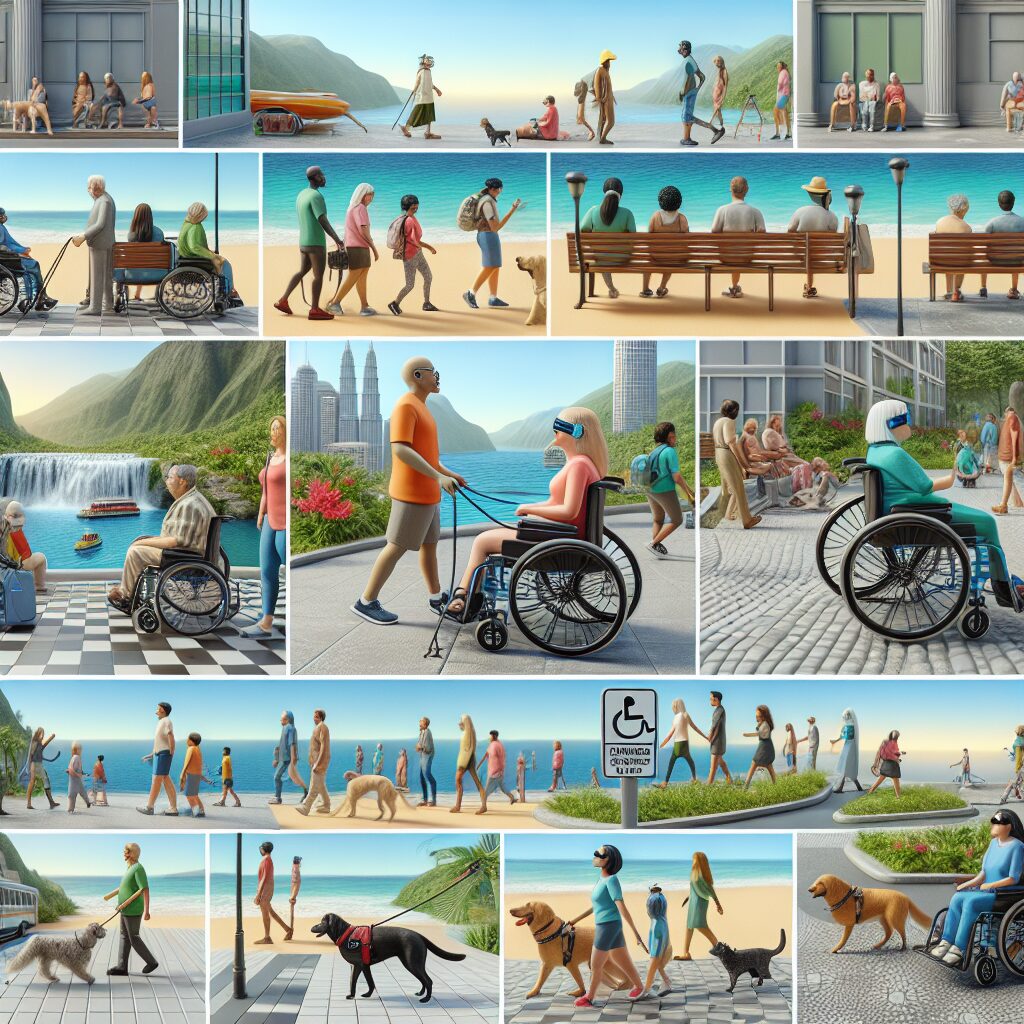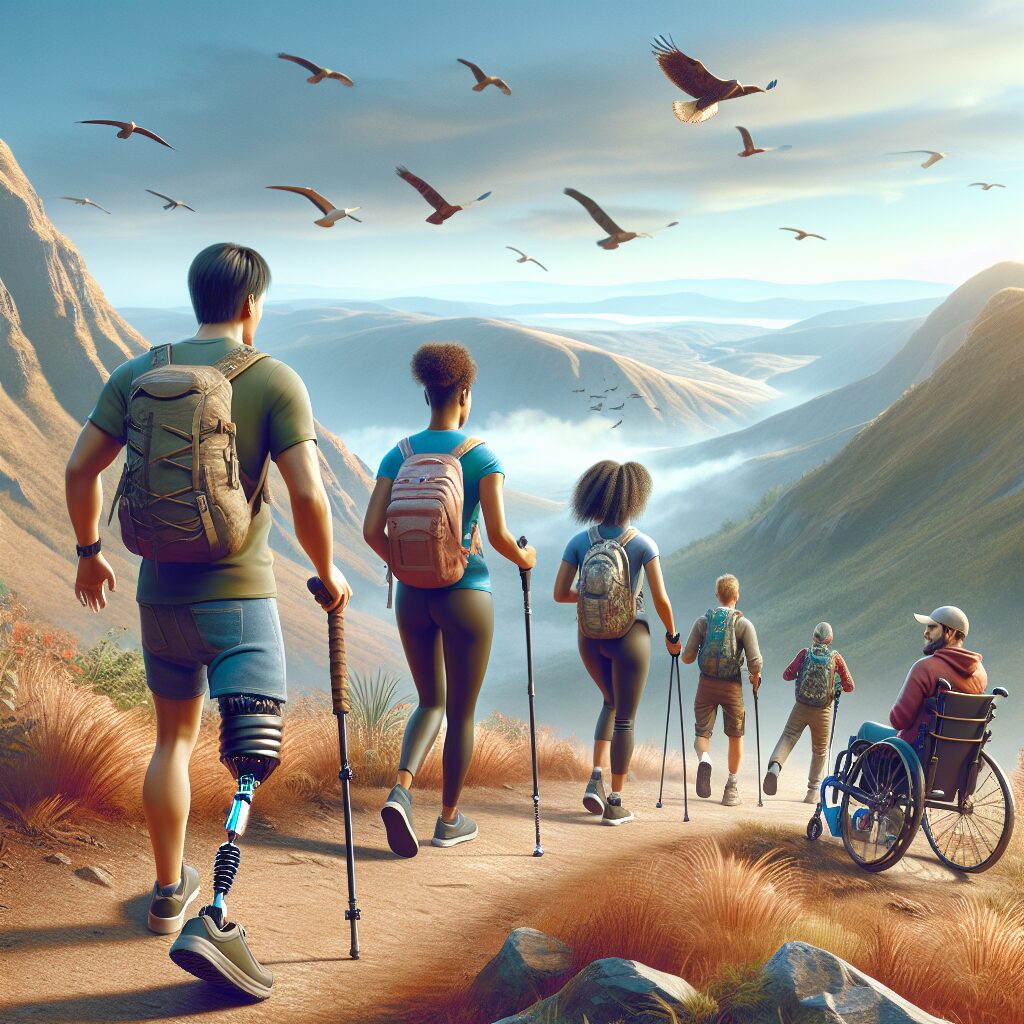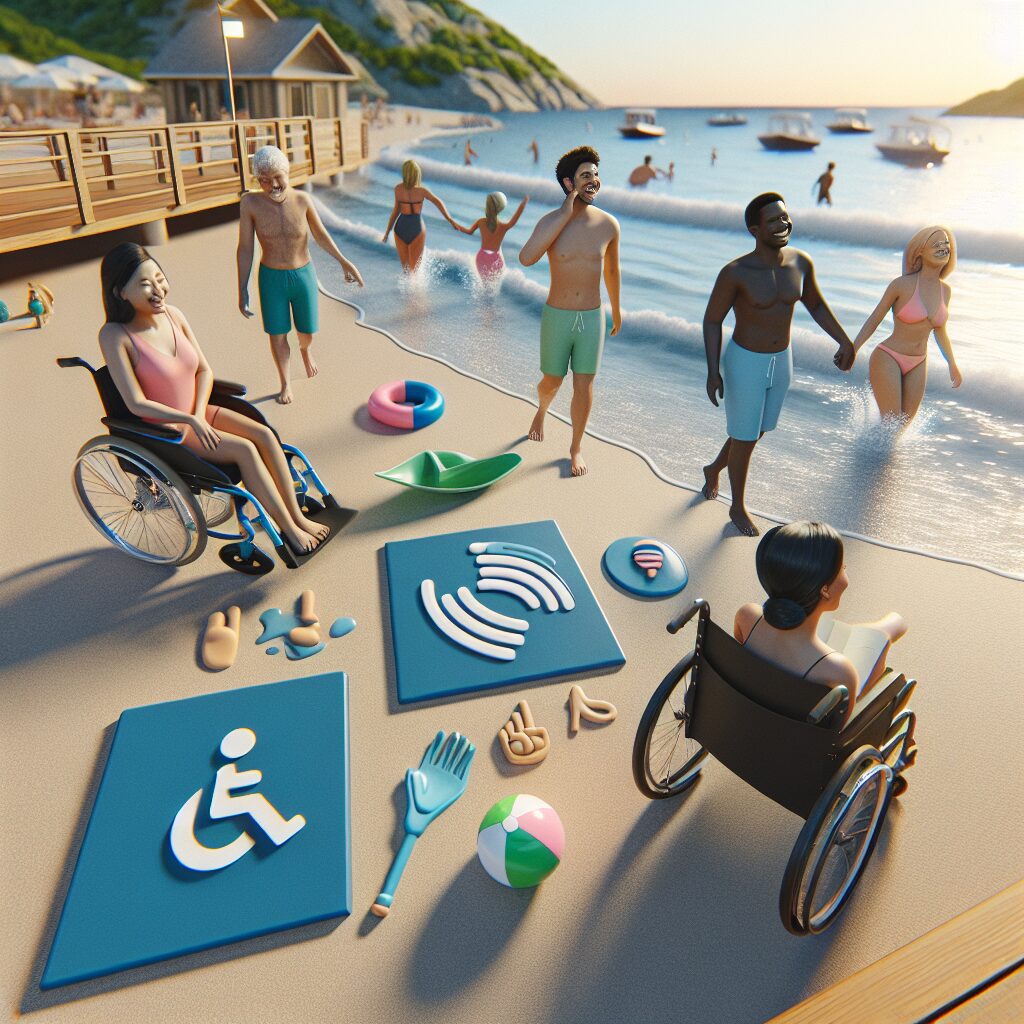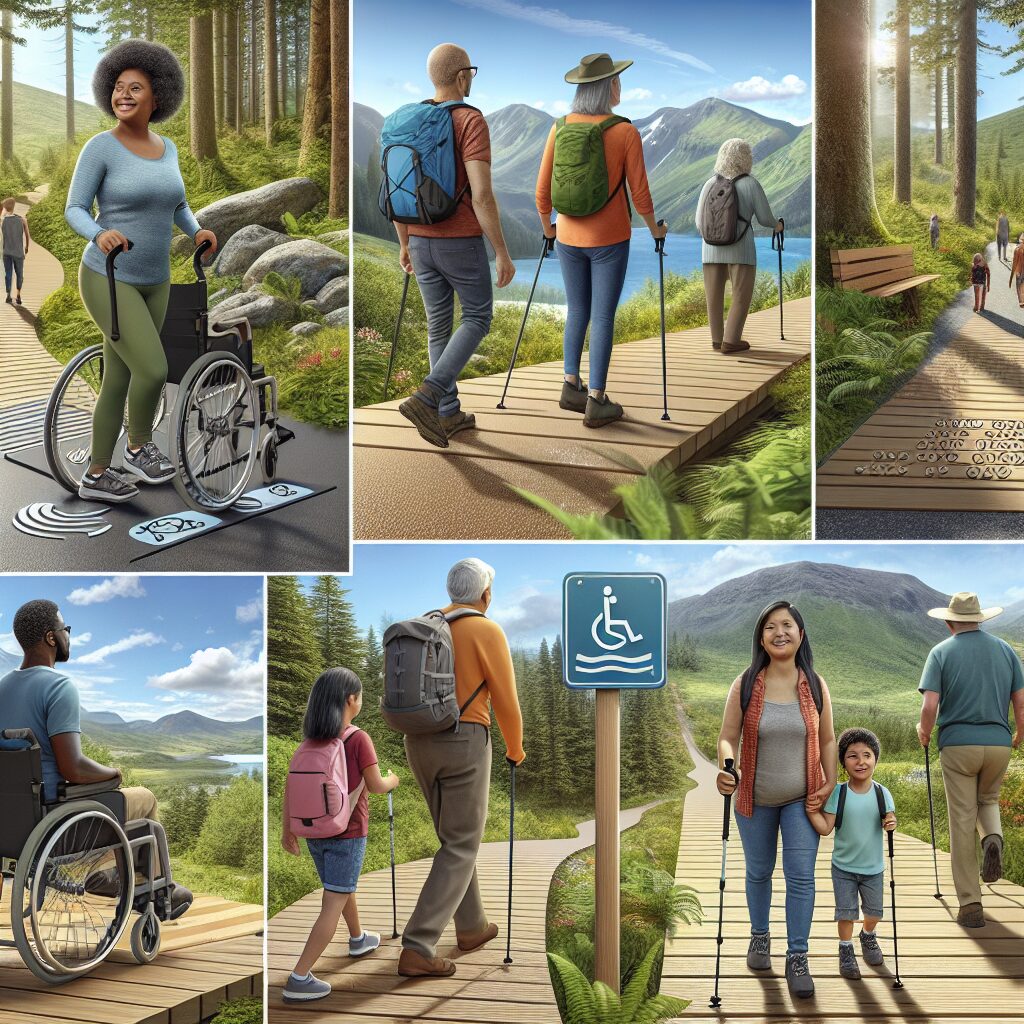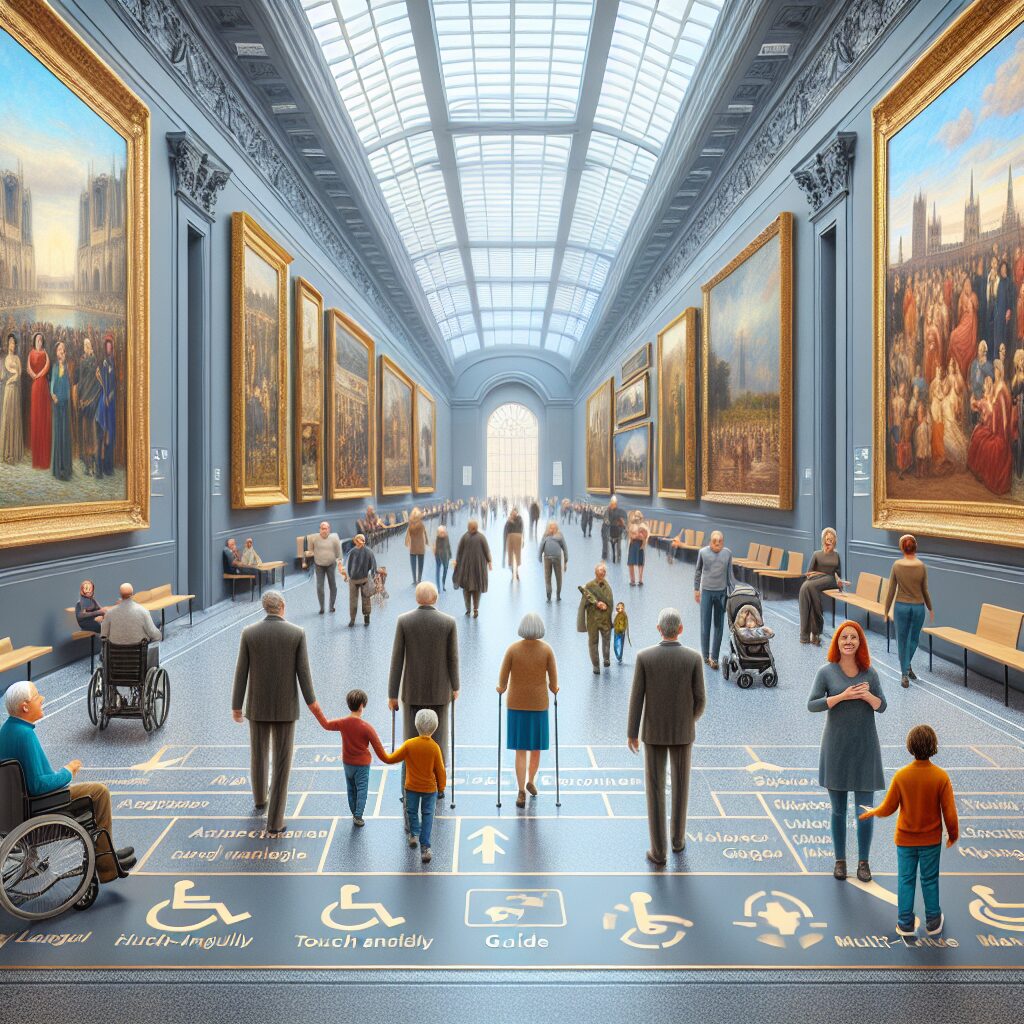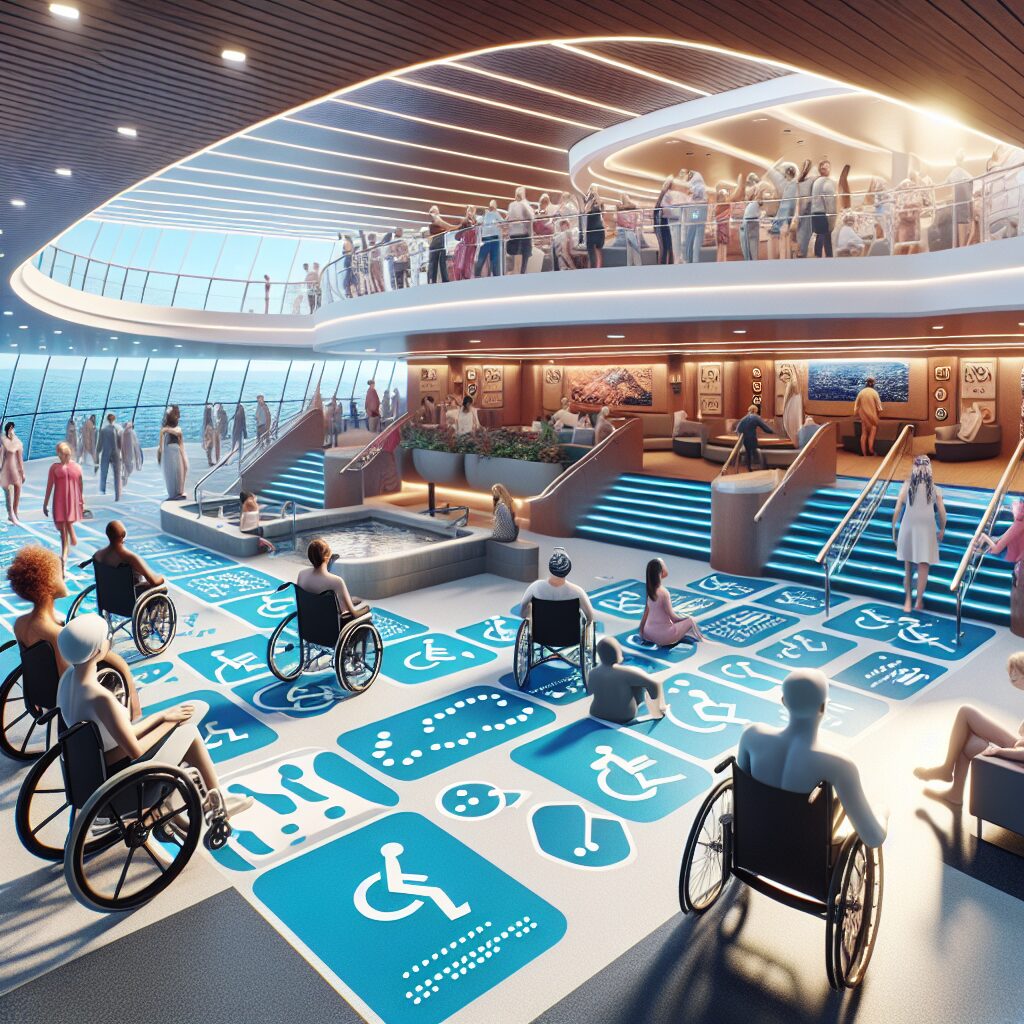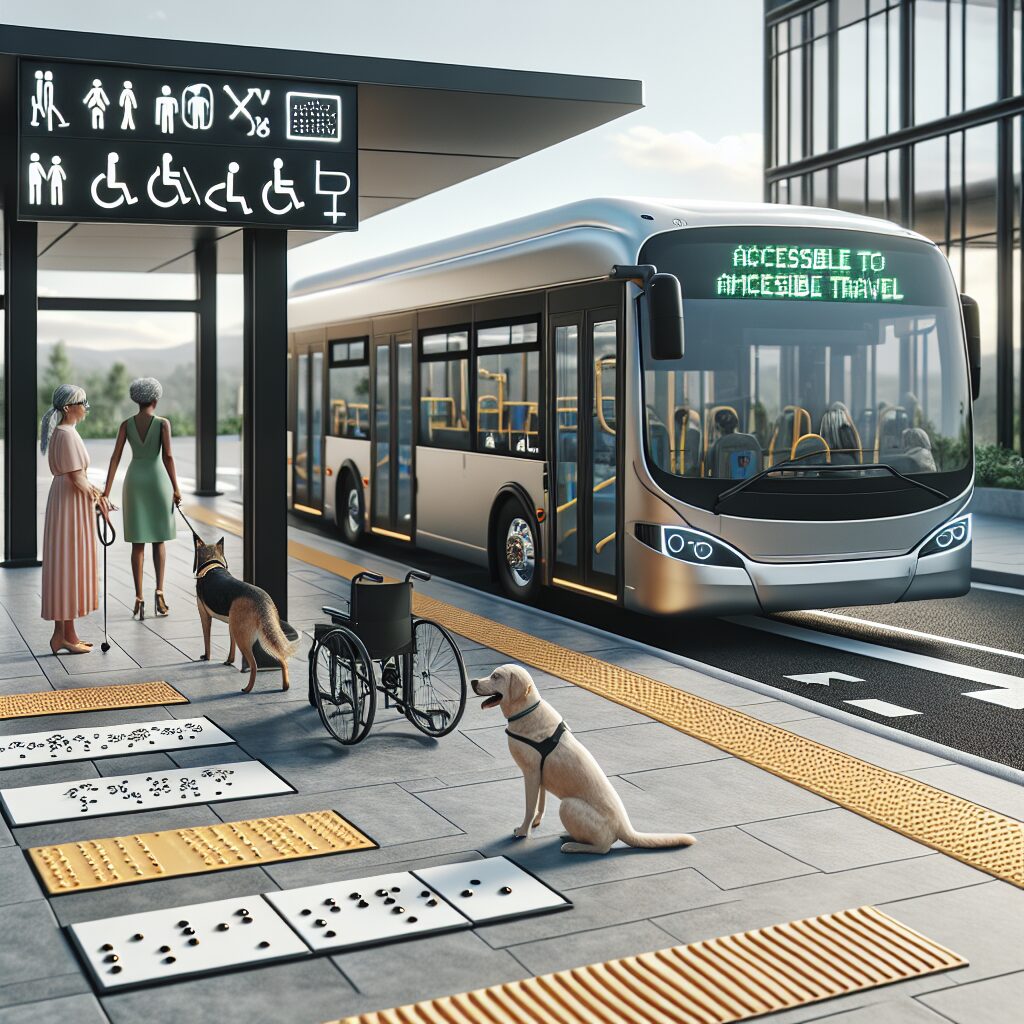Inclusive and accessible travel experiences refer to the provision of travel opportunities that accommodate the diverse needs of individuals, regardless of their abilities, disabilities, or preferences. These experiences aim to break down barriers and make travel accessible to everyone, ensuring that individuals with disabilities or other limitations can fully participate and enjoy their journey. By incorporating inclusive design principles and addressing physical, sensory, and communication barriers, inclusive and accessible travel experiences create a more inclusive society, promote equality, and provide unique opportunities for individuals to explore the world.
While there has been progress in making travel more inclusive and accessible, many challenges and opportunities still lie ahead. Inaccessible transportation options, limited infrastructure, and inadequate information and communication technology can hinder the ability of individuals with disabilities to participate in travel experiences fully. Moreover, it is essential to recognize that accessibility goes beyond physical accommodations, encompassing digital accessibility, cultural sensitivity, and awareness among travel providers. By addressing these challenges, travel industry stakeholders can create a more inclusive environment and tap into the growing market demand for accessible travel experiences.
In the following sections, we will explore key takeaways that highlight the importance of inclusive and accessible travel experiences. We will delve into the benefits of promoting inclusivity in travel, such as enhancing customer satisfaction and loyalty, expanding market reach, and contributing to sustainable tourism practices. Additionally, we will discuss strategies that travel providers can implement to ensure their offerings are accessible to a wide range of individuals, including those with disabilities. By the end of this article, you will have a deeper understanding of the significance of inclusive and accessible travel experiences and gain insights into how to make your travel offerings more inclusive.
Key Takeaways
1. Inclusive and accessible travel experiences are essential for promoting equal opportunities and empowering individuals with disabilities to explore the world.
2. Travel businesses and destinations have a responsibility to improve accessibility measures, such as providing wheelchair ramps, installing visual and auditory aids, and training staff in accommodating diverse needs.
3. Digital advancements, such as travel apps and websites with accessibility features, have the potential to greatly enhance the planning and experience of inclusive travel.
4. Collaboration between stakeholders, including travelers with disabilities, advocacy organizations, governments, and the private sector, is crucial for implementing effective accessibility measures and ensuring inclusive travel experiences.
5. Education and awareness play a vital role in fostering a more inclusive travel industry, as well as challenging attitudinal barriers and fostering empathy and acceptance towards individuals with disabilities.
How to Have Inclusive and Accessible Travel Experiences?
Understanding Inclusive and Accessible Travel
Before delving into the aspects of inclusive and accessible travel experiences, it is crucial to have a clear understanding of what this term entails. Inclusive and accessible travel refers to creating opportunities for individuals with disabilities or other access needs to participate fully in travel activities, ensuring that they have equal access to transportation, accommodations, attractions, and services.
Choosing Accessible Destinations
When planning a trip with inclusive and accessible travel in mind, it is essential to select destinations that prioritize accessibility. Look for cities or countries that have implemented inclusive policies, accessible infrastructure, and services specifically designed for individuals with disabilities. Research for wheelchair-friendly attractions, accessible public transportation, and barrier-free accommodations to ensure a seamless travel experience.
Accessible Transportation Options
Transportation is a vital aspect of any travel experience. It’s crucial to consider accessible transportation options when planning an inclusive trip. Research accessible airlines, train services, or bus companies that provide special facilities for travelers with disabilities. Additionally, consider renting accessible vehicles equipped with wheelchair ramps or lifts if required.
Inclusive Accommodations
Accommodations play a significant role in providing inclusive travel experiences. Look for hotels, resorts, or rental properties that offer accessible features such as wheelchair-friendly rooms, roll-in showers, grab bars, and elevators. Prioritize properties that have been certified as accessible to ensure that your stay is comfortable and accommodating.
Accessible Attractions and Activities
One of the highlights of travel is experiencing various attractions and engaging in exciting activities. Ensure that the destinations you choose provide inclusive options that can be enjoyed by everyone. Look for accessible tourist sites, museums, parks, and recreational activities that cater to individuals with disabilities. Make inquiries in advance to ensure accessibility arrangements are available.
Accessible Resources and Assistance
Traveling can be challenging, and individuals with disabilities may require additional resources and assistance. Familiarize yourself with local disability organizations, accessibility apps, and guidebooks that provide valuable information and support. Make use of accessible travel websites that offer comprehensive guides, reviews, and tips for inclusive travel experiences.
Creating a Personal Accessibility Plan
Before embarking on your trip, it is essential to create a personal accessibility plan. Identify your specific needs, including mobility aids, medications, or dietary requirements, and ensure you have everything you need while traveling. Make a list of emergency contacts, including medical services and local accessibility organizations, that you can reach out to if necessary.
Guides for Inclusive and Accessible Travel
Finally, to ensure a successful inclusive and accessible travel experience, consider the following numbered tips:
- Research extensively about your chosen destination’s accessibility features and services.
- Consult with travel agents or specialized tour operators experienced in organizing accessible trips.
- Notify airlines, hotels, and transportation providers in advance about any specific accessibility needs.
- Carry necessary documentation, such as medical certificates or disability identification cards.
- Always keep emergency contacts and medical information within easy reach.
- Contact local disability organizations or tourist offices for additional information and assistance.
- Share your travel plans with friends or family members to ensure someone knows your itinerary.
- Be patient and advocate for yourself if you encounter any accessibility challenges during your journey.
- Keep a positive mindset and embrace the unique experiences that inclusive travel brings.
Frequently Asked Questions
1. How can I ensure that a travel destination is inclusive and accessible?
To ensure that a travel destination is inclusive and accessible, it is important to conduct thorough research beforehand. Look for information on the destination’s accessibility features, such as ramps, elevators, and accessible transportation options. Read reviews from other travelers with accessibility needs to gain insights into their experiences. Additionally, reach out to the accommodation providers and tourist attractions to inquire about their accessibility provisions.
2. Are there specific travel agencies that specialize in inclusive and accessible travel?
Yes, there are travel agencies that specialize in inclusive and accessible travel. These agencies have in-depth knowledge and expertise in arranging travel experiences for individuals with different accessibility requirements. They can assist in planning accessible itineraries, booking accommodations with suitable facilities, and providing guidance on accessible transportation options.
3. How can I ensure that my accommodation is suitable for my accessibility needs?
Prior to booking an accommodation, it is essential to communicate your specific accessibility needs with the provider. Inquire about the availability of wheelchair-accessible rooms, bathroom modifications, and other necessary facilities such as grab bars or roll-in showers. Request photographs of the accommodation’s accessibility features, if available, to assess their suitability.
4. Are there any resources available to help plan accessible transportation?
Yes, there are resources available to assist in planning accessible transportation. Websites like AccessibleTravelOnline provide information and recommendations for accessible transportation options specific to various destinations. Additionally, contacting local transportation providers or tourist information centers can provide valuable insights into accessible transportation services and options available in the area.
5. How can I ensure a smooth airport experience for someone with accessibility needs?
Prioritize pre-planning and thorough communication to ensure a smooth airport experience. Contact the airport in advance and inform them of any specific accessibility requirements. Request assistance services, such as wheelchair or mobility aid provision, as well as guidance in navigating through the airport. Familiarize yourself with the airport’s layout and accessible facilities to make the journey more comfortable.
6. What are some common barriers faced by travelers with accessibility needs?
Travelers with accessibility needs often face barriers such as limited accessible transportation options, inadequate information about accessibility features at attractions or accommodations, lack of awareness and training among staff, and physical obstacles like stairs or narrow doorways. By addressing these barriers, travel experiences can become more inclusive and accessible for everyone.
7. Can inclusive and accessible travel experiences be cost-effective?
While some inclusive and accessible travel experiences may involve additional costs, it is possible to find cost-effective options. Research and compare prices of accessible accommodations and transportation services to make informed decisions. Additionally, consider destinations that have a range of attractions and facilities within accessible proximity, reducing the need for extensive transportation, resulting in potential cost savings.
8. Are there any mobile applications that can assist in planning inclusive and accessible travel?
Yes, several mobile applications can assist in planning inclusive and accessible travel experiences. Apps such as Access Earth, AXS Map, or Wheelmap provide crowd-sourced information on accessible places, such as restaurants, hotels, and attractions, helping travelers make informed choices based on accessibility ratings and comments.
9. What types of attractions and activities are usually considered inclusive and accessible?
Inclusive and accessible attractions and activities can include museums with accessible exhibitions, wheelchair-accessible hiking trails or parks, adaptive sports facilities, accessible beaches or swimming pools, and tours designed specifically for individuals with different accessibility needs. It is essential to research and reach out to the specific attraction or activity provider to inquire about their accessibility features and facilities.
10. How can I support and promote inclusive and accessible travel experiences?
Supporting and promoting inclusive and accessible travel experiences starts with raising awareness. Share your positive experiences and recommendations of inclusive destinations or businesses on social media platforms or travel forums. Encourage travel providers and attractions to improve their accessibility provisions. By becoming an advocate for inclusive travel, you contribute towards creating a more inclusive and accessible world for all.
Final Thoughts on Inclusive and Accessible Travel Experiences
Ensuring inclusive and accessible travel experiences is crucial to providing equal opportunities for everyone to explore the world. By addressing the barriers that individuals with accessibility needs face, we can create a more inclusive and welcoming environment within the travel industry. Traveling should be an enriching and enjoyable experience for all, regardless of their abilities.
It is heartening to see the growing efforts in providing inclusive and accessible travel options, from travel agencies specializing in this field to the development of useful resources and mobile applications. However, there is still work to be done. Continuous awareness, advocacy, and collaboration between travelers, businesses, and policymakers will further improve the accessibility of travel experiences. Let us strive to make travel accessible and enjoyable for everyone, fostering a more inclusive and diverse global travel community.


